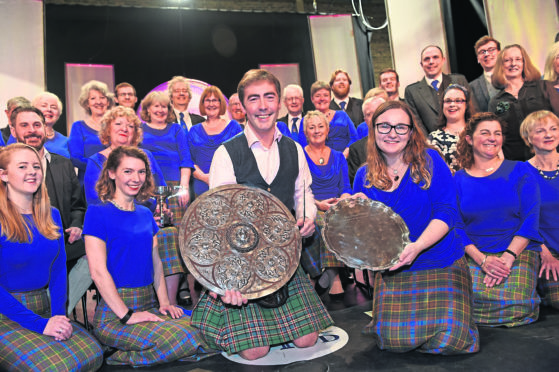Scottish Natural Heritage (SNH) is marked this week’s Royal National Mòd with a celebration of the links between the Gaelic language, heritage and nature.
The poetic Gaelic name of the Isle of Skye is Eilean a’ Cheò – ‘the isle of the mist’.
The Gaelic name for October is An Dàmhair, derived from damh-dàir and meaning ‘deer roaring time’.
The Cairngorms get their English name from the Gaelic An Càrn Gorm ‘the blue mountain’ (the location of the ski resort). Their Gaelic name is Am Monadh Ruadh ‘the russet mountains’ – a commentary on the colour of the granite which dominates the range.
Whereas English adopted a French word ‘avalanche’, there is a native Gaelic word for the same phenomenon – maoim-sneachda ‘gushing forth of snow’ – reflecting the fact that avalanches have always been part of life in the Scottish mountains.
A Gaelic proverb says às an dris, anns an droigheann ‘out of the bramble into the blackthorn’. It’s an equivalent of ‘out of the frying pan into the fire’.
The mountain Lochnagar in Aberdeenshire gets its name from Lochan na Gàire ‘the lochan where the wind makes a noise’, near the summit. In Gaelic it is Beinn nan Cìochan ‘the mountain of the nipples’.
The aurora borealis is known in Gaelic as Na Fir-chlis, literally ‘the nimble men’.
The shortest place-name in the world is the one-letter Gaelic for Iona – Ì. It is often known as Eilean Ì or Ì Chaluim Chille, the latter linking it to its most famous inhabitant, Calum Cille, ‘dove of the church’, St Columba.
The foxglove is seen as a fairy plant in Gaelic tradition. Among its Gaelic names is Lus nam Ban-sìth ‘the plant of the fairy women’.
When the oystercatcher flies, it calls ‘bi glic, bi glic’, the Gaelic for ‘be wise, be wise’.
